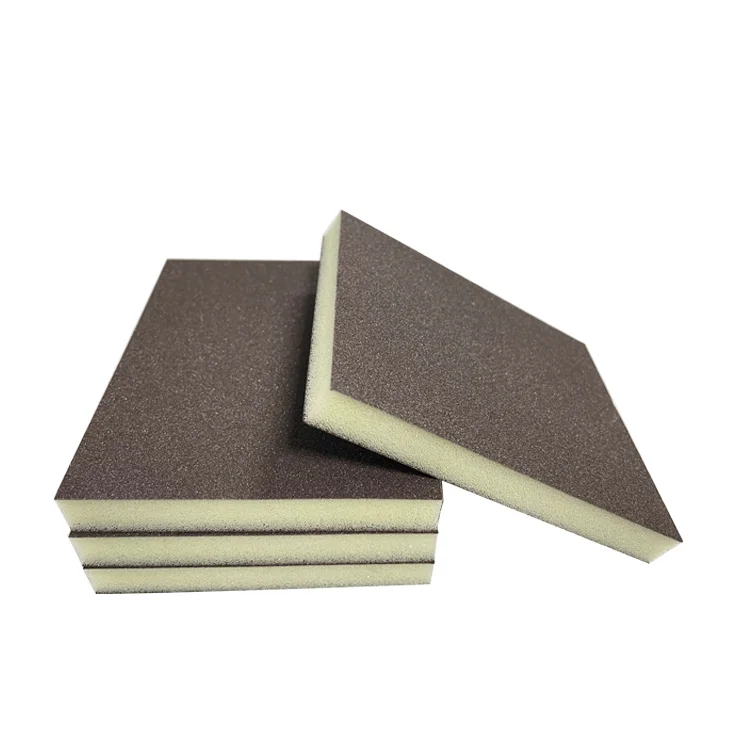When it comes to home improvement, the ceiling is often an overlooked element that can significantly impact the overall aesthetic and functionality of a space. If you're considering a ceiling upgrade but are constrained by budget and time, you might be wondering: What is the cheapest and easiest ceiling to install? In this article, we will explore various ceiling options, their installation processes, and the associated costs, helping you make an informed decision that aligns with your needs.
Understanding Ceiling Types
Before diving into specific materials, it's essential to understand the different types of ceilings available. The most common ceiling types include:
- Drop Ceilings (Suspended Ceilings)
- Drywall Ceilings
- Wood Ceilings
- Acoustic Ceilings
- Tin Ceilings
- Vinyl Ceilings
Each type has its unique characteristics, installation methods, and cost implications.
- Drop Ceilings: The Easiest Option
Cost: Approximately $1 to $3 per square foot.
Drop ceilings, also known as suspended ceilings, are one of the most popular choices for homeowners seeking an affordable and straightforward installation. They consist of a grid system that holds lightweight panels, making them easy to install and replace.
Installation Process:
- Preparation: Measure the room and determine the height of the ceiling.
- Grid Installation: Install the metal grid according to the manufacturer's instructions, ensuring it is level.
- Panel Placement: Fit the ceiling tiles into the grid. This process is relatively quick and can often be completed in a single day.
Advantages:
- Easy access to plumbing and electrical systems.
- Variety of styles and finishes available.
- Sound-dampening properties.
- Drywall Ceilings: A Versatile Choice
Cost: Approximately $2 to $4 per square foot.
Drywall ceilings offer a clean and modern look, making them a popular choice for many homeowners. While slightly more labor-intensive than drop ceilings, they can still be a manageable DIY project.
Installation Process:
- Framing: Install furring strips or a frame to support the drywall.
- Drywall Installation: Attach drywall sheets to the frame using screws.
- Finishing: Tape, mud, and sand the seams before painting.
Advantages:
- Seamless appearance that can be painted any color.
- Durable and long-lasting.
- Good insulation properties.
- Wood Ceilings: A Touch of Elegance
Cost: Approximately $3 to $7 per square foot.
Wood ceilings can add warmth and character to a room. While they may require more skill to install, pre-fabricated wood panels can simplify the process.
Installation Process:
- Preparation: Ensure the existing ceiling is clean and level.
- Panel Installation: Attach wood panels directly to the ceiling or use a grid system.
- Finishing Touches: Stain or seal the wood as desired.
Advantages:
- Aesthetic appeal and natural insulation.
- Variety of wood types and finishes available.
- Acoustic Ceilings: Practical and Affordable
Cost: Approximately $1 to $3 per square foot.
Acoustic ceilings, often made from mineral fiber, are designed to reduce noise levels in a room. They are similar to drop ceilings in terms of installation and cost.
Installation Process:
- Grid Setup: Install a grid system.
- Tile Placement: Fit acoustic tiles into the grid.
Advantages:
- Excellent sound absorption.
- Easy to install and maintain.
- Tin Ceilings: Vintage Charm
Cost: Approximately $3 to $10 per square foot.
Tin ceilings can add a vintage touch to your home. While they are more expensive than other options, they can be a stunning focal point.
Installation Process:
- Preparation: Ensure the ceiling is structurally sound.
- Panel Installation: Attach tin tiles using adhesive or nails.
Advantages:
- Unique aesthetic appeal.
- Durable and easy to clean.
- Vinyl Ceilings: Budget-Friendly and Low Maintenance
Cost: Approximately $1 to $2 per square foot.
Vinyl ceilings are an excellent choice for those on a tight budget. They are lightweight, easy to clean, and resistant to moisture, making them ideal for bathrooms and kitchens.
Installation Process:
- Preparation: Clean the existing ceiling surface.
- Panel Installation: Use adhesive to attach vinyl panels directly to the ceiling.
Advantages:
- Water-resistant and easy to maintain.
- Variety of styles and colors available.
Conclusion: Choosing the Right Ceiling for Your Needs
When considering the cheapest and easiest ceiling to install, drop ceilings and acoustic ceilings stand out as the most accessible options for DIY enthusiasts. However, if you're looking for a more polished look, drywall ceilings offer a balance of affordability and aesthetics.

